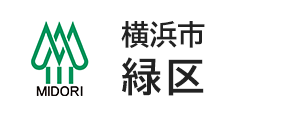- Yokohama-shi Top Page
- Midori Ward Top Page
- Introduction of the ward
- Tourism
- See
- Green and Water Corridor Map
The text is from here.
Green and Water Corridor Map
Last updated on July 24, 2024.
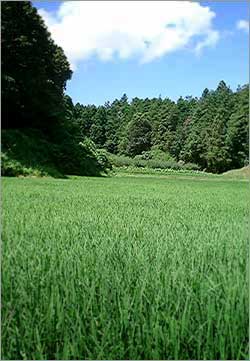

- Green and Water Corridor (PDF: 134KB)
- Around Nagatsuta Station (PDF: 817KB)
- Around Tokaichiba Station (PDF: 933KB)
- Around Yamashita district (PDF: 663KB)
- Around the Nakayama area (PDF: 723KB)
- Around Kamoi Station (PDF: 684KB)
What is Satoyama?
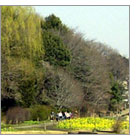
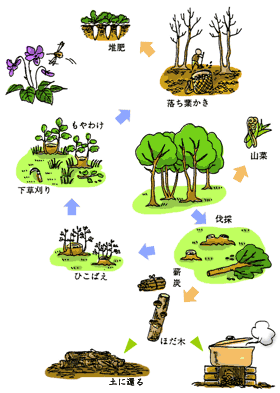
Landscapes reminiscent of "satoyama" ... rice fields, fields, and leaves of trees swaying in the wind. And the voice of the frogs. It may be different from person to person.
Although it is a word that has been spoken for a long time, it is a word that has gained citizenship in recent years. It appeared for the first time in the fifth edition of Kojien, and is described as "mountains and forests near human villages and connected to people's lives", but it is widely used as a whole area where traditional agriculture is operated, including fields and brooks It is used to represent.
Until the 1930s, firewood and charcoal were used in Yokohama for cooking and warming. We planted cedar and cypress to build a house, made baskets and pillars, and made bamboo grove to pick bamboo shoots. Farmers call forests that obtain firewood charcoal, so-called thicket of trees and cedar and cypress forests. The starting point of "Satoyama" must have been "Yama". It has come to be talked about as the concept of the landscape itself, in which "Yama", Tabata (Nora), and place of living (mura) are united in one area.
In Yokohama, the scenery of Tando is a representative of Satoyama. Tando is a place where the flow of water erodes the earth over a long period of time and enters like a fold. The hill was covered with thicket of trees and cedar forests, and the flat part of the valley was filled with abundant water and rice fields. In Midori Ward, you can see a little bit, and there are places where the name of the bus stop is "XX Tando".
The charm of Satoyama
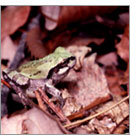
In the past, "Satoyama" created a variety of environments. Artificial forests such as cedar and cypress, thicket of trees, bamboo forests, rice fields, fields, grasslands (kayaba), banks, brooks, livestock huts, and houses. There was a very natural nature around the house. The "work" that people were doing for living brought up a variety of life, "nature" as a result. Get blessings such as crops and energy sources while maintaining a good balance of nature. In order to create a sustainable society, there are many things that shape the landscape of satoyama and learn how to live.
The key word is "wa".
Life cycles, seasonal cycles, and water cycles over ecosystems. In addition, there are management cycles of thicket of trees. Once every 10 to 20 years, thicket of trees cut down konara oak, sawtooth oak and wild cherry tree and uses it to grow firewood charcoal and mushrooms. The cut strains sprout from the side and grow to a size that can be used again in more than a dozen years. By managing the tree while paying attention to the life of the tree, it is possible to achieve sustainable utilization. The well-maintained coppice forest has a brighter forest floor, and plants such as violets and yamalilies increase. There are many insects that use such places, and beetles and stag beetles, which were familiar playmates, can be said to be representative of thicket of trees.
Rain soaks in the forest and moistens Tando as spring water. On the waterside there are Hotokedojo, Japanese firefly and Japanese Freshwater Crab, which only live in clean water. If there is a rice field, many dragonflies will be born. Some dragonflies spend time in thicket of trees after emergence, and some frogs live in thicket of trees. The space with rice fields and thicket of trees is a lively place for living things.
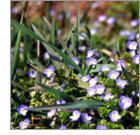
A cycle of reuse and recycling that does not emit garbage. Nowadays plastic products are flooded, but packaging materials and materials were made of materials that return to the soil, such as straw and bamboo. For example, rice straw is used for ropes and mulching laid in fields, and when it gets old, it becomes compost. It is still an important resource for farmers.
The connection between people will be both a local circle and a harmony.
Satoyama has created a variety of environments as a result of a wide variety of work by farmers. If you subdivide the work, a lot of people may be involved. men and women of all ages has the potential to engage in activities as part of comprehensive learning, lifelong learning, occupational therapy and recreational activities. In addition, it will be an opportunity for people to regain their relationship with nature, and it will be an opportunity to reconsider the relationship between people. Now that the local community has faded, I feel that reviving the lively satoyama will help rebuild a relationship that connects many smiles. Not only that, it also has the meaning of inheriting the culture cultivated by the climate, such as annual events, numerous wisdom and techniques, local festivals, and etiquette.
Recently, volunteer activities to care for forests and rice fields have become popular in parks, citizen's forests, and contact forests.
Manners of walking around satoyama
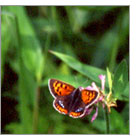
The satoyama landscape in Midori Ward is a place for farming in addition to parks, citizen forests and contact forests. The scenery used to be here and there, but now it is only a few. However, the number of visitors is increasing year by year. It is a state of "overuse" that exceeds the permissible amount for the nature of limited satoyama.
When walking around the satoyama, take your "caring" feeling together. For those who sweat there and the little creatures. After learning manners, let's go out to the village forest.
10 Field Manners
- Have compassion
- Don't collect it unnecessarily
- Do not use places where collection is prohibited, such as parks, or farmland.
- Don't take a lot of things in places where there is no regulation.
- Don't step on other than walking paths
- Do not enter farmland (fields, orchards, bamboo forests)
- After observation, etc., restore it
- Take the garbage home
- Don't bring anything with a loud artificial sound
- A dog walks in a connection
- Use public transportation
- Know the scars of nature
- Toxic plants, vipers and hornets cannot be excluded. Let's protect yourself.
Yokohama Nature Observation Handbook
Knowing and nurturing nature of Yokohama
Published in March 1996, Yokohama City Environmental Conservation Bureau
You may need a separate PDF reader to open a PDF file.
If you do not have it, you can download it free of charge from Adobe.
![]() To download Adobe Acrobat Reader DC
To download Adobe Acrobat Reader DC
Inquiries to this page
Midori Ward General Affairs Department Ward Administration Promotion Division
Phone: 045-930-2220
Phone: 045-930-2220
Fax: 045-930-2225
E-Mail address [email protected]
Page ID: 184-104-431
